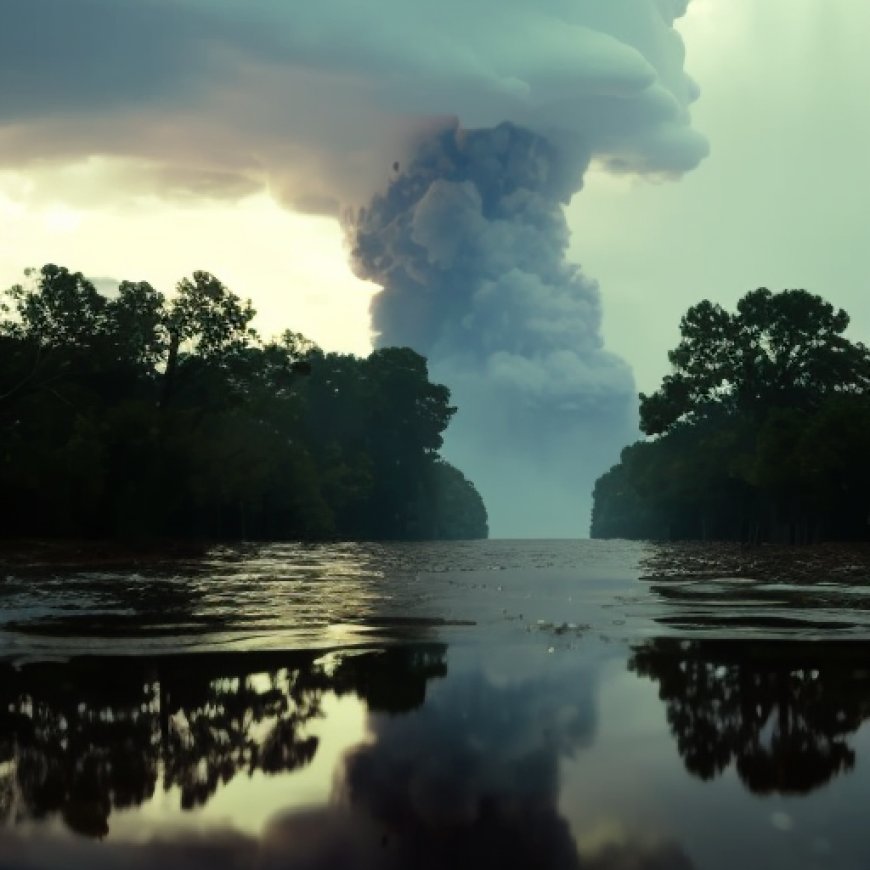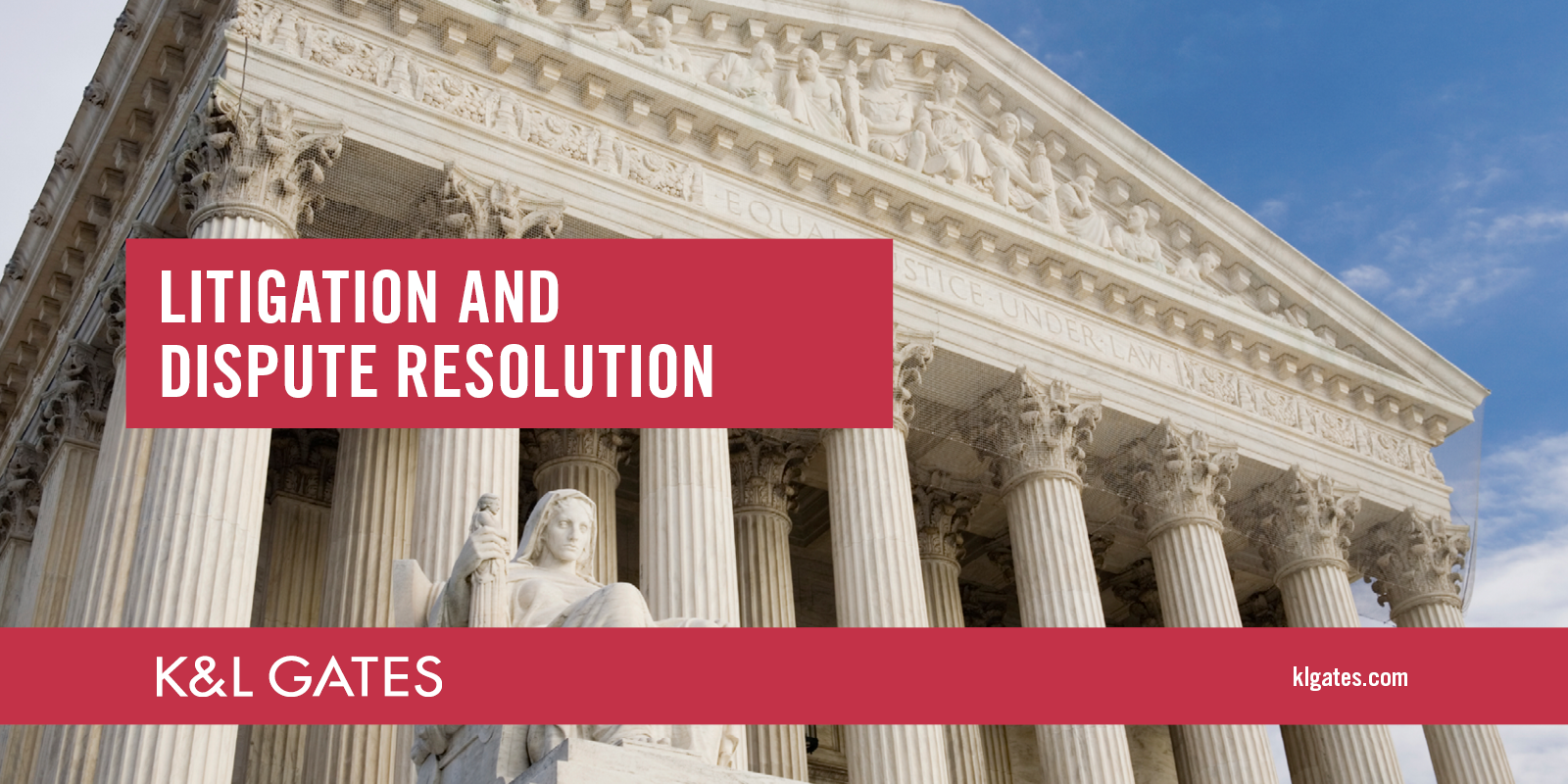Extreme Weather and Natural Disasters – Insurance Tips for Commercial Policyholders
Extreme Weather and Natural Disasters - Insurance Tips for Commercial Policyholders K&L Gates


Protecting Against Denials of Coverage by Insurers in the Face of Natural Disasters

Storms and hurricanes, isolated but powerful tornados, earthquakes, fires, and floods—the question is not whether, but where and when policyholders will confront the next natural disaster. Climate change is clearly having an impact on the number and severity of natural disasters on a global scale. Companies may have limited means to protect against nature’s forces, but in this report, we provide tips on ways to protect against denials of coverage by insurers.
The Impact of Climate Change on Natural Disasters
In Aon’s 2023 Weather, Climate and Catastrophe Insight Report, it was concluded that global natural disasters in 2022 resulted in near average economic losses totalling US$313 billion (4% above the 21st century average). The insurance sector is reported to have covered US$132 billion worth of losses. Climate change is driving extreme weather records to be broken around the world, with some regions subjected to extreme rainfall, as recently seen in Dubai, and other regions experiencing prolonged periods of drought and heatwaves. Europe is no exception, as heatwaves gripped southern Europe during summer last year and droughts intensified in eastern Spain, whilst wildfires raged in France. Months later, Storm Daniel produced six months’ worth of rain in just 24 hours for eastern Greece. Closer to home, in February 2022, Storm Eunice was reported by the Met Office to be the most severe and damaging storm to affect England and Wales since February 2014.
These daunting facts suggest a palpable trend: extreme weather events are becoming more frequent, more severe, and more costly. The inevitable consequence is that businesses and other commercial policyholders will turn to their insurers to provide coverage in the case of extreme weather events. Businesses affected will need to take steps to maximize insurance recoveries wherever possible. Careful and proactive attention to insurance coverage considerations could be the key to restoring business operations and weathering the consequential financial storms.
Potentially Relevant Insurance Policies
It is vital for affected businesses to review all relevant or potentially relevant insurance policies promptly, including excess-layer policies, and to comply with loss notification procedures. There are likely to be a variety of losses and liabilities that arise out of a natural disaster depending on the circumstances of the particular business and the scope of its operations. Potentially responsive policies may include:
Property Damage and Business Interruption
The most common source of coverage for most businesses is likely to be first-party coverage insuring the property and assets of the insured entity. Depending on the specific wording of the policy, the coverage will typically include the following:
- Property damage where losses are caused to the insured’s own business premises and assets as a result of an insured peril, for instance, storm, flooding, fires or extreme heat, as experienced in the summer of 2022 when Network Rail had to close mainlines in the United Kingdom for several days as a result of buckled rails.
- Business interruption (BI) where the business experiences loss of earnings or revenue due to property damage caused by an insured peril. Based on analysis by Allianz, natural catastrophes rank as the second most feared in the United Kingdom.
- Contingent BI which generally covers losses that arise from damage to the property of a supplier, customer or other business partner.
- Denial of access, where use or access to the insured property is prevented or restricted for a specific period of time, for example, if roads or bridges leading to the property have collapsed.
- Extra expense incurred to enable business operations to be resumed or to mitigate other losses.
Public Liability and Commercial Liability Policies
These policies cover an insured in respect of their liability to third parties. The cover will typically include damages or compensation payable to third parties as well as legal costs incurred in defending such claims. Such claims may arise where the cause of the alleged injury or property damage originates from the insured’s property, for example, if extreme temperatures cause water pipes on the insured’s premises to burst and cause water damage to a neighbouring property.
Particular issues may arise where an extreme weather event impacts a business in the manufacturing or chemicals industry, resulting the escape of an allegedly polluting or contaminating substance in addition to damage to its own property. While liability policies may impose pollution exclusions, there may be carve-outs from such exclusions for liabilities arising from sudden or unexpected events.
There are increasing claims being brought against private-sector actors based on alleged inconsistencies between discourse and action on climate change, known as “greenwashing”, including, in some cases, against board directors. This is exactly what ClientEarth argued in its recent case against Shell. While the Court of Appeal affirmed the High Court’s dismissal of ClientEarth’s claim, there remains a risk of similar actions being brought against directors in relation to climate-change strategies.
Practical Tips to Maximise Coverage
There are a number of steps policyholders should consider when making an insurance claim arising from extreme weather or climate-change issues:
Be Proactive in Notifying Insurers
There are likely to be timing deadlines specified within the policy for the notification of any loss or claim, and failure to comply may result in insurers seeking to restrict or deny coverage. Policyholders should be aware of other notice requirements, such as any obligation to give notice of a loss or an event likely to give rise to a claim. Prompt notification is important to mitigate the risk of coverage denials.
Collate and Preserve Relevant Documents
Insurers may require proof of loss and damage along with extensive supporting documentation. It is crucial to take steps early on to ensure that potentially relevant documents are located and preserved. In the BI context, insurers will often argue that some part of the revenue loss is attributable to other causes, such as poor business decisions or economic downturn, such that historic records often need to be relied upon.
Early Assessment of Coverage
There are significant benefits in evaluating coverage at an early stage to understand any issues which may impact the way in which the claim is presented. Consultation with experienced coverage lawyers will assist in identifying and analysing responsive policies as well as anticipating coverage issues or exclusions insurers might seek to rely upon.
Defence of Third-Party Claims
Some liability policies provide that the insurer has the right to defend third-party claims, but such a clause does not compel the insured to accept the services of the insurers’ chosen lawyers. Insureds should seek to negotiate with insurers to ensure that lawyers with appropriate experience are appointed.
There are additional
SDGs, Targets, and Indicators in the Article
1. Which SDGs are addressed or connected to the issues highlighted in the article?
- SDG 13: Climate Action
- SDG 9: Industry, Innovation, and Infrastructure
- SDG 11: Sustainable Cities and Communities
2. What specific targets under those SDGs can be identified based on the article’s content?
- SDG 13.1: Strengthen resilience and adaptive capacity to climate-related hazards and natural disasters.
- SDG 9.1: Develop quality, reliable, sustainable, and resilient infrastructure.
- SDG 11.5: Reduce the number of deaths and the number of people affected by disasters.
3. Are there any indicators mentioned or implied in the article that can be used to measure progress towards the identified targets?
- Number of natural disasters and their economic losses (Indicator for SDG 13.1)
- Insurance coverage of losses caused by natural disasters (Indicator for SDG 13.1)
- Extent of property damage and business interruption caused by natural disasters (Indicator for SDG 9.1)
- Number of third-party claims and liabilities arising from extreme weather events (Indicator for SDG 11.5)
Table: SDGs, Targets, and Indicators
| SDGs | Targets | Indicators |
|---|---|---|
| SDG 13: Climate Action | 13.1: Strengthen resilience and adaptive capacity to climate-related hazards and natural disasters. | – Number of natural disasters and their economic losses – Insurance coverage of losses caused by natural disasters |
| SDG 9: Industry, Innovation, and Infrastructure | 9.1: Develop quality, reliable, sustainable, and resilient infrastructure. | – Extent of property damage and business interruption caused by natural disasters |
| SDG 11: Sustainable Cities and Communities | 11.5: Reduce the number of deaths and the number of people affected by disasters. | – Number of third-party claims and liabilities arising from extreme weather events |
Copyright: Dive into this article, curated with care by SDG Investors Inc. Our advanced AI technology searches through vast amounts of data to spotlight how we are all moving forward with the Sustainable Development Goals. While we own the rights to this content, we invite you to share it to help spread knowledge and spark action on the SDGs.
Fuente: klgates.com

Join us, as fellow seekers of change, on a transformative journey at https://sdgtalks.ai/welcome, where you can become a member and actively contribute to shaping a brighter future.







